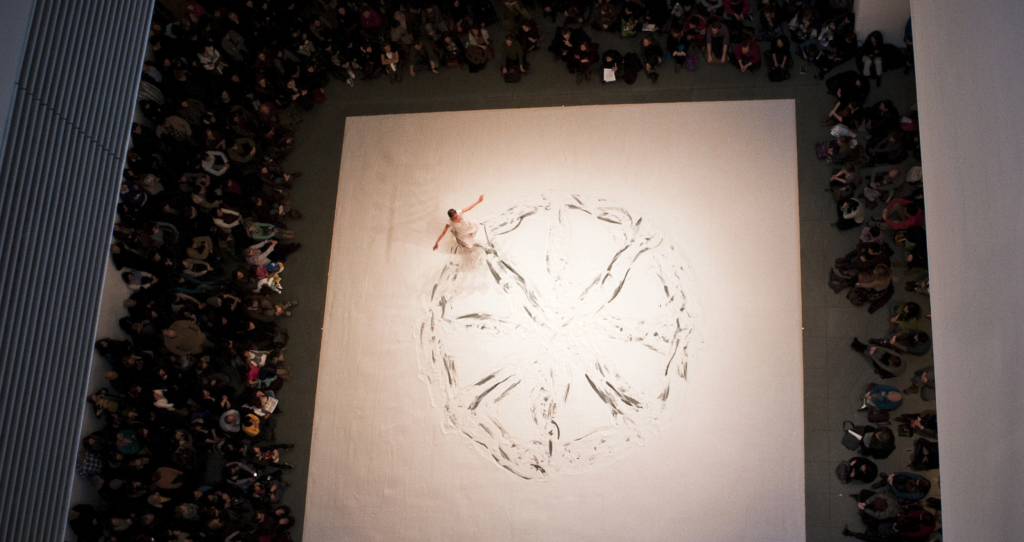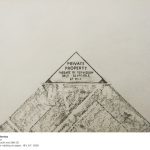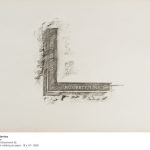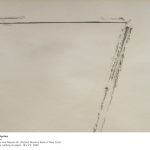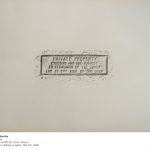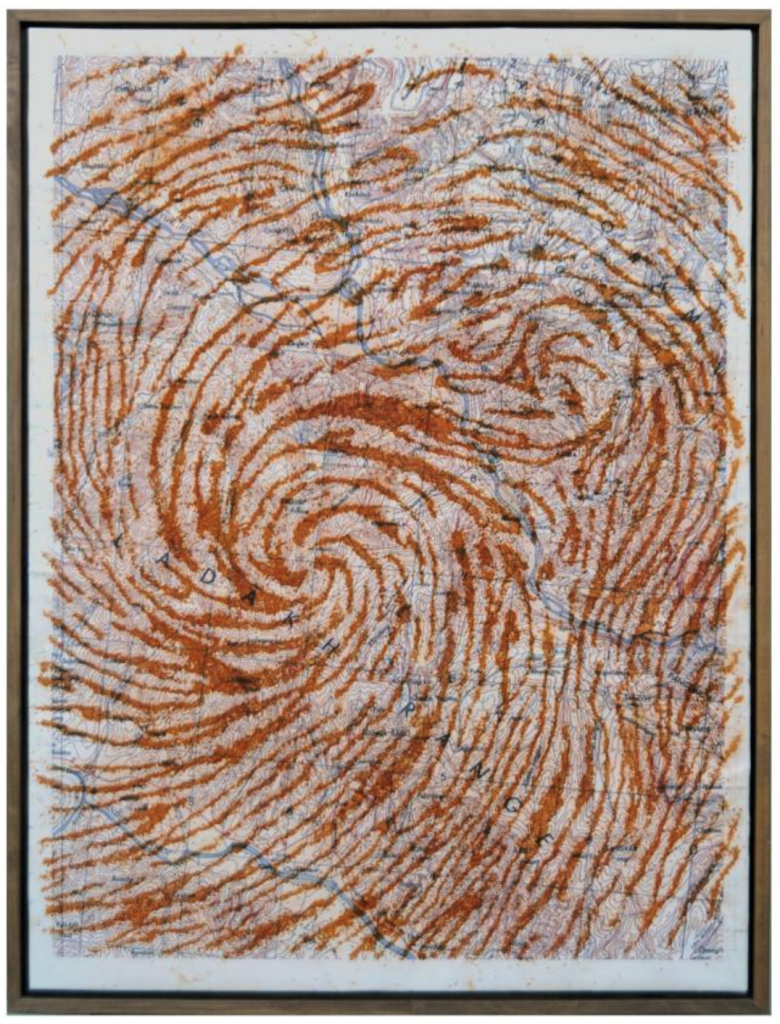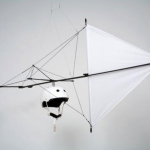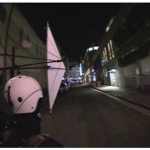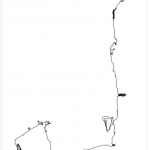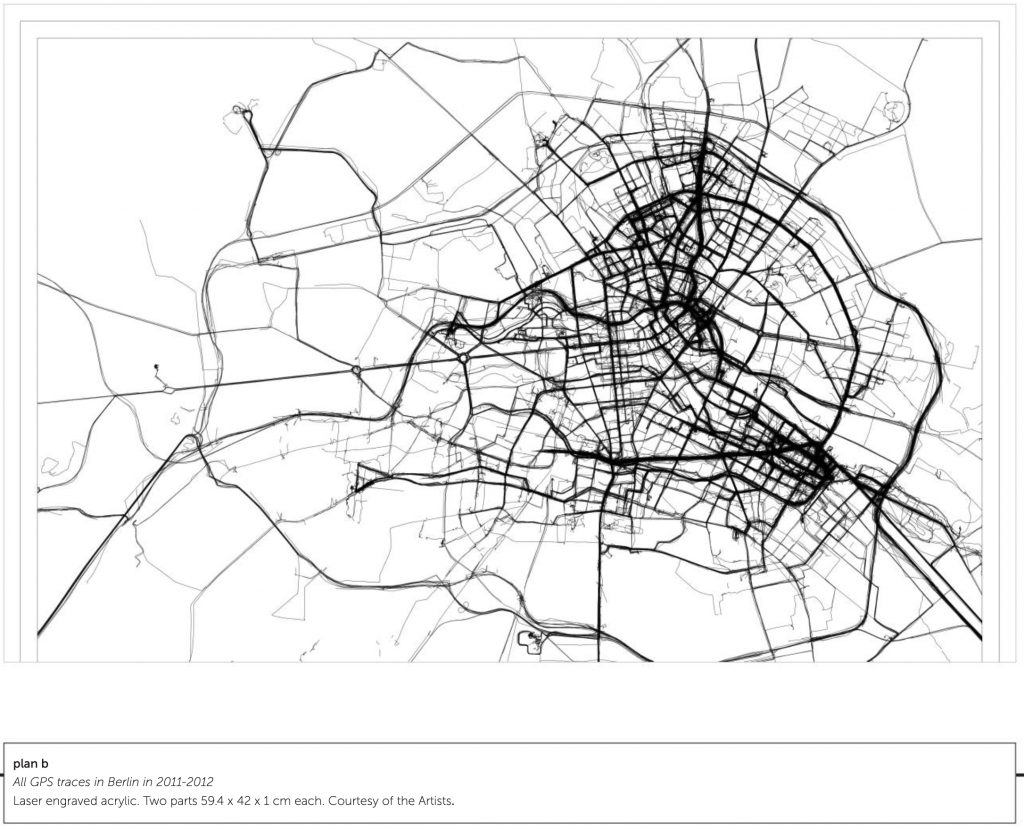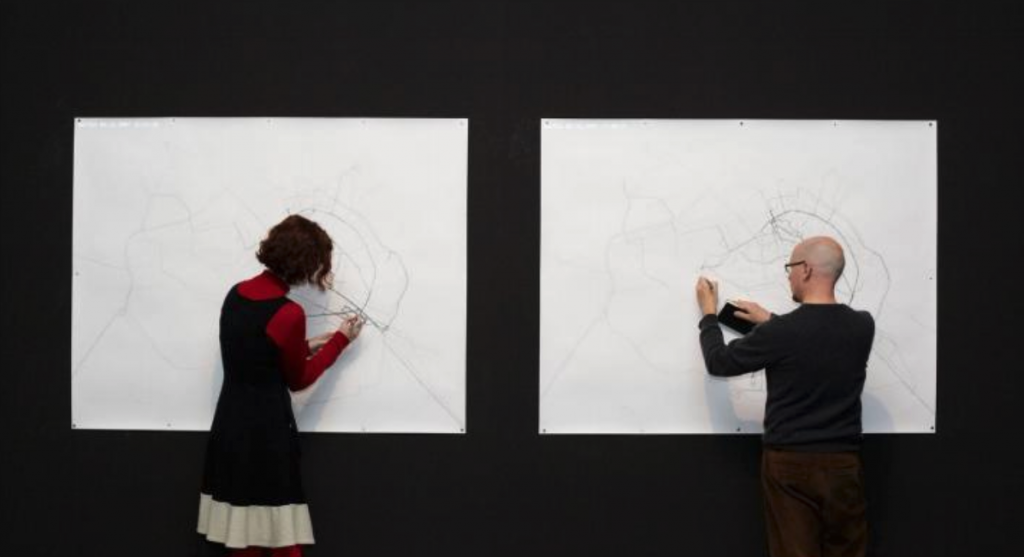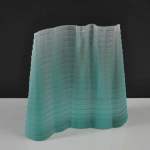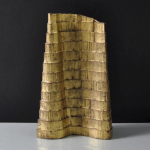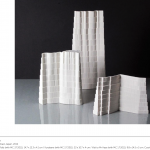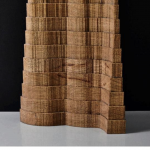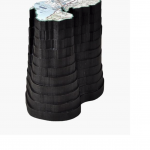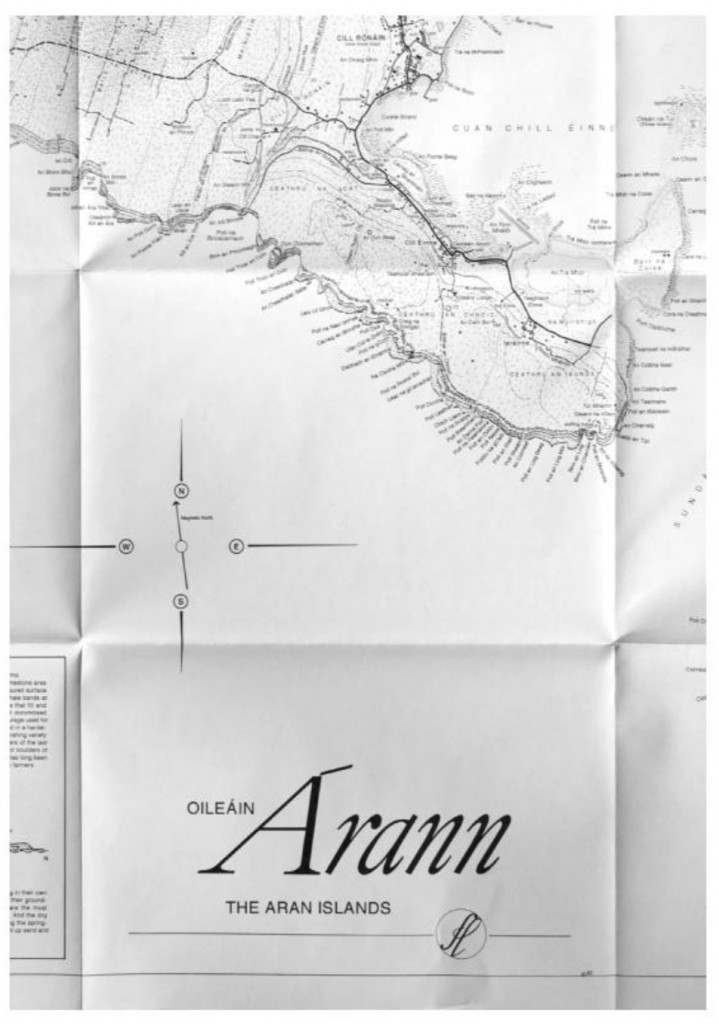
Tim Robinson “Oilerin Arann a map of the aran islands Co. Galway eire” (1996)
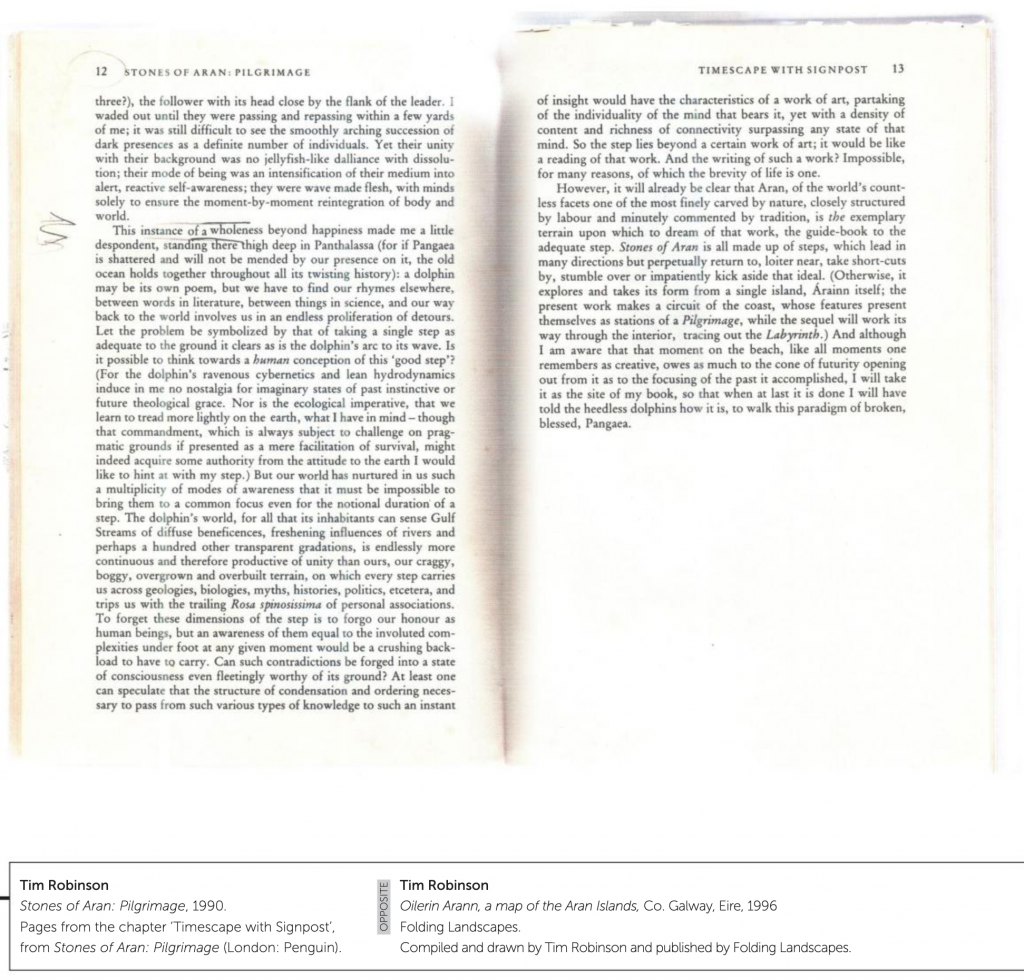
“Tim Robinson [1935-2020] is the alter ego of artist Timothy Drever whose abstract paintings and environmental installations were seen in a number of exhibitions in London before he moved to the west of Ireland in 1972. Robinson originally studied mathematics at Cambridge and worked as a teacher and artist in Istanbul, Vienna and London.
He and his wife, Máiréad [1934-2020], [then lived] in Roundstone in Connemara, where, in 1984, they established Folding Landscapes, a specialist publishing house and information resource center dealing with three areas of particular interest around Galway Bay: the Aran Islands, the Burren and Connemara. The maps and accompanying books are beautifully drawn and meticulously researched, explaining, often for the first time, the derivation and meaning of hundreds of place names and representing a wide range of information about the region’s culture and landscapes.
[They] gained much of this information literally on the ground, walking with naturalists, historians, archaeologists and other specialist through the landscape. [Their] maps and books provide an invaluable guide for visitors to the region as well as nourishing community spirit by identifying the irreplaceable uniqueness of the local environment and history. Tim and Mairead also run Unfolding Ideas, an annual Colloquium Series for scholars, educators and artists to engage in public talks, small group discussion and workshops in Roundstone, Connemara.”
